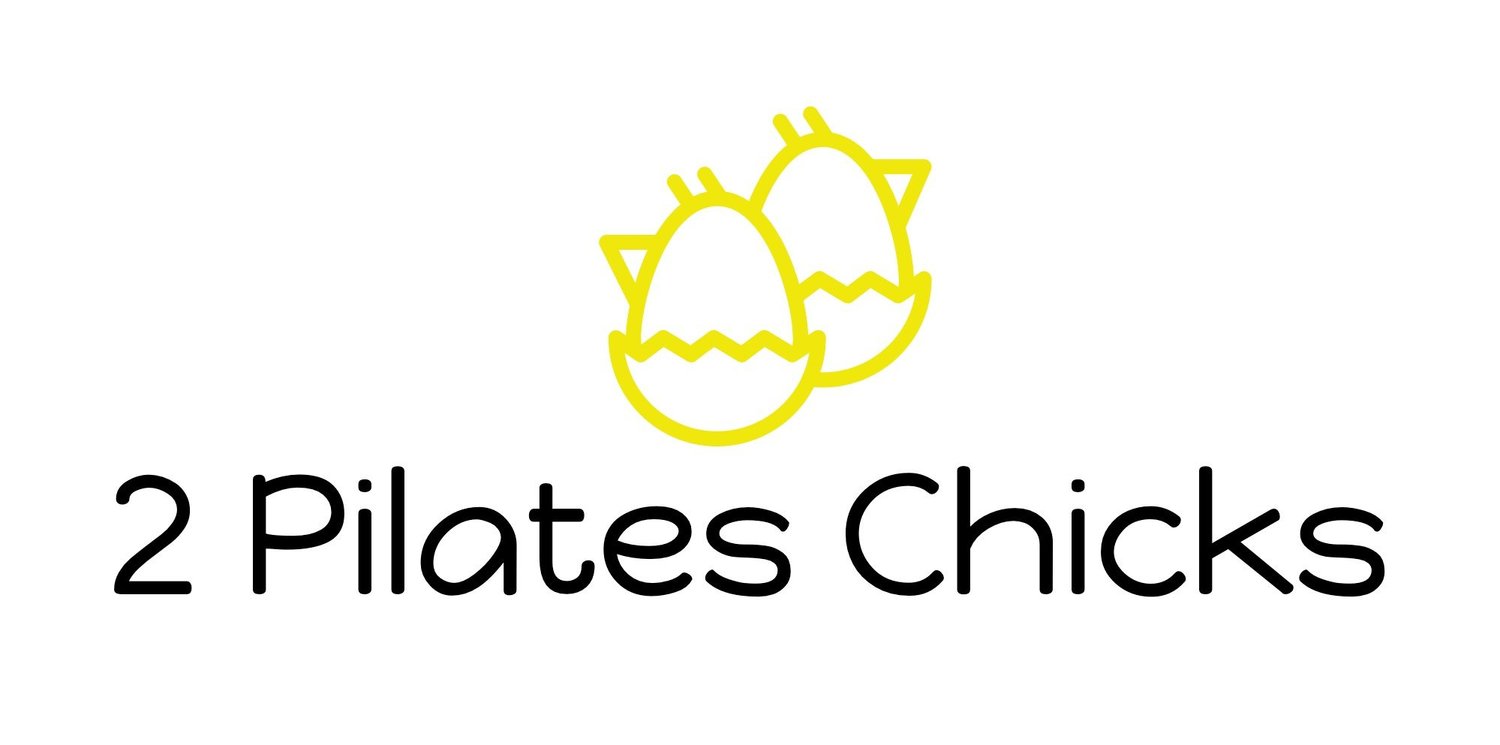Workshops
Our workshops dive into specific topics to encourage teachers to reflect on their teaching methods and connect more deeply with their clients, Pilates, and movement science. We aim to create a supportive and positive community for all teachers, regardless of training background, empowering all to find an authentic teaching style while incorporating evidence-based science into Pilates and movement practices. CECs available for each workshop.
Open to all teachers who completed over 450 hours of teacher training with a Certificate of Completion, or with program director’s approval if still in training.
To see all Upcoming Events click here
Cueing: Outdated to Updated
We want to help teachers come back to the basics, thinking about what we are asking the client to do. Simply state what we want the client to do without using memorized and outdated cues. Learn how the exercises affect the anatomy in movement to more accurately cue what is needing to happen in each exercise.
What are we asking the client to do?
What is anatomically occurring in the exercise: anatomy in motion?
What is the client potentially missing, and what simple direction might help them achieve it?
In this workshop you will learn to :
Simplify the practice of cueing to become more efficient and effective.
Eliminate outdated cues that have become popular jargon.
Understand the purpose of an exercise in order to cue accurately.
Increase awareness of anatomy in motion, how the body moves throughout an exercise to find cues that are not unintentionally counteracting what is occurring in the movement. (ex looking down in extension)
Increase awareness of common cues that are either inappropriate, ineffective, or harmful.
The client in pain
How to work with clients who are in chronic pain.
How do we help a client move through a Pilates practice when in chronic or long-lasting pain?
In this workshop:
Pain- the mechanisms of pain, different types of pain, the biopsychosocial model, modern understandings of contributing factors to painful stimuli, pain in the absence of pathology or injury, and differentiation between sensation and pain.
Client’s Experience of pain- fear of movement, kinesiophobia, ideas of bracing/guarding, myths around posture.
Teacher’s Responsibility- scope of practice, appropriate methods of hands-on, encouragement vs enabling.
Pilates for Rehabilitation
How to teach Pilates to injured clients.
In this workshop:
Chronic vs acute injuries, stages of healing, and appropriate loading methods.
Understanding various pathologies and orthopedic conditions.
Precautions, Contraindications and adjustments to classical or traditional work, adapting the work for injury.
Exercises for specific conditions, appropriate Pilates exercises and functional rehabilitative exercises.
Perinatal Pilates-Prenatal and Post-partum Considerations
Working with pregnant clients.
How to work with clients who are newly postpartum.
In this workshop:
Stages of pregnancy and physical changes
Exercise during pregnancy- adjustments to classical or traditional work, adapting the work for pregnancy
Corrective Exercise for Prenatal Stages
Postpartum expectations and physiology
The Hypermobile client
Teaching clients with Hypermobility
How to work with clients who are hypermobile, EDS/HSD.
In this workshop:
The spectrum of Hypermobility
Differences in hypermobility spectrum disorder, Ehlers-Danlos Syndrome, and having hyper-mobile joints
Corrective Exercise for hypermobility
Pilates exercises for supporting hypermobility, precautions, and contraindications



